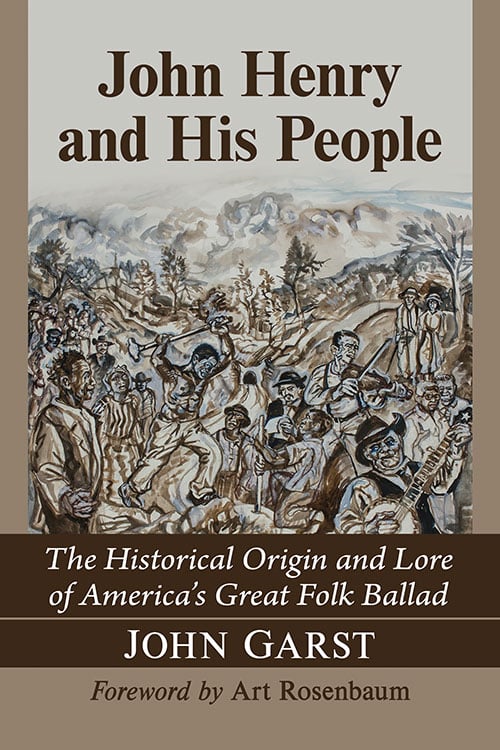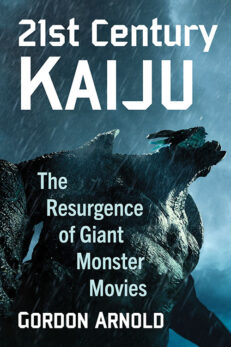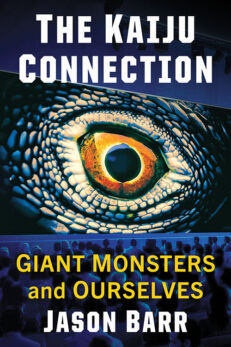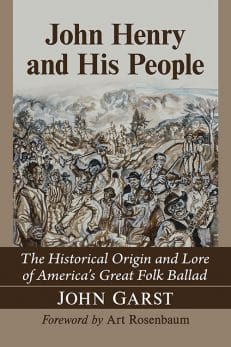John Henry and His People
The Historical Origin and Lore of America’s Great Folk Ballad
$39.95
In stock
About the Book
The song “John Henry,” perhaps America’s greatest folk ballad, is about an African-American steel driver who raced and beat a steam drill, dying “with his hammer in his hand” from the effort. Most singers and historians believe John Henry was a real person, not a fictitious one, and that his story took place in West Virginia—though other places have been proposed. John Garst argues convincingly that it took place near Dunnavant, Alabama, in 1887. The author’s reconstruction, based on contemporaneous evidence and subsequent research, uncovers a fascinating story that supports the Dunnavant location and provides new insights. Beyond John Henry, readers will discover the lives and work of his people: Black and white singers; his “captain,” contractor Frederick Dabney; C. C. Spencer, the most credible eyewitness; John Henry’s wife; the blind singer W. T. Blankenship, who printed the first broadside of the ballad; and later scholars who studied John Henry. The book includes analyses of the song’s numerous iterations, several previously unpublished illustrations and a foreword by folklorist Art Rosenbaum.
About the Author(s)
Bibliographic Details
John Garst
Foreword by Art Rosenbaum
Format: softcover (6 x 9)
Pages: 281
Bibliographic Info: 46 photos, appendix, bibliography, index
Copyright Date: 2022
pISBN: 978-1-4766-8611-0
Imprint: McFarland
Table of Contents
Foreword by Art Rosenbaum 1
Preface 6
Introduction: Leeds, Alabama, July 10–12, 2011 9
1. The Gist of Things 15
2. Hammer Like John Henry 18
3. Great Folk Tune Patterns 32
4. Based on Fact 51
5. Rings Like Silver 61
6. Drilling into John Henry 81
7. Feuding Over the Mixtery 88
8. Priority and Slight 98
9. Nothing but a Man 104
10. I Had to Eat 119
11. Mississippi Virginians 131
12. Engineer in the Civil War 144
13. Railroad Builder 158
14. Just Another Negro 168
15. We Called Him John Henry 174
16. 1400 East 21st South 179
17. Trying to Get Things Right 196
18. Witnesses Good and Bad 200
19. The Case for West Virginia 205
20. The Case for Jamaica 210
21. The Case for Virginia 215
22. The Case for Alabama 221
23. Legend and Reality 232
24. Meaning of John Henry 237
Appendix 243
Bibliography 247
Index 269
Book Reviews & Awards
• “John Henry and His People is the definitive work on the most famous ballad of all time. With eloquent prose and a keen eye for detail, John Garst traces the history of the ballad and identifies both its location (the Oak Mountain Tunnel in Alabama) and its hero—John Henry Dabney, a black man born on the Burleigh Plantation in Hinds County, Mississippi. Generations of black and white musicians have sung about how John Henry drove steel into the mountain with his ten-pound hammer and beat the steel-driving machine. Thanks to John Garst and his fine book John Henry and His People, we now know the history of this epic ballad.”—William Ferris, Joel R. Williamson Eminent Professor of History Emeritus, University of North Carolina at Chapel Hill
• “Like many folk enthusiasts, I have listened to literally hundreds of recordings of John Henry as a story, a song, and an American legend. In John Henry and His People, John Garst presents a comprehensive and definitive examination of an actual event that may have inspired the song. While that is worth the price of admission, the book takes you on a much deeper journey. It reveals that the storyteller is at times just as mysterious as the story itself. John Henry and His People shows the way this original tragedy became a symbol of freedom that still resonates at the foundation of the American ideal.”—Dom Flemons, The American Songster
• “An impressive piece of detailed research, unusual and admirable in following every byway connected to the ballad of John Henry—people, history, technology, previous scholarship—this volume makes a convincing argument for locating the original John Henry and his story in Alabama.”—Elissa R. Henken, University of Georgia; Fellow, American Folklore Society





